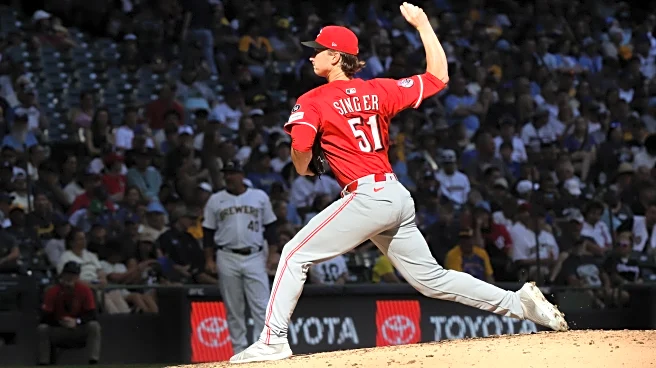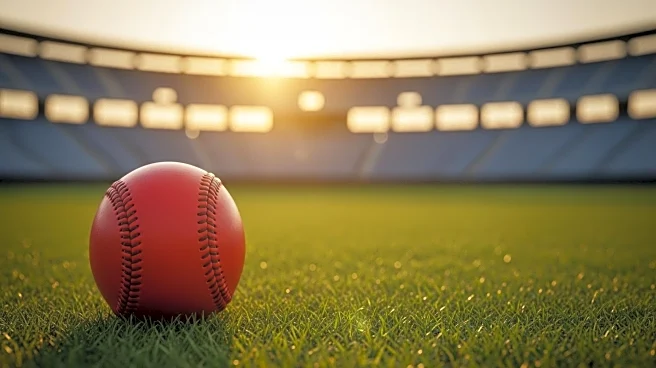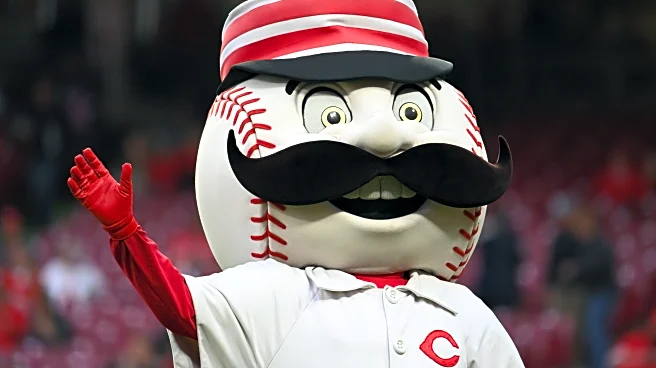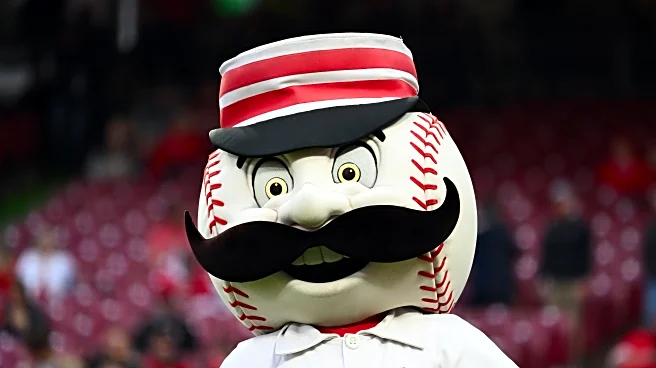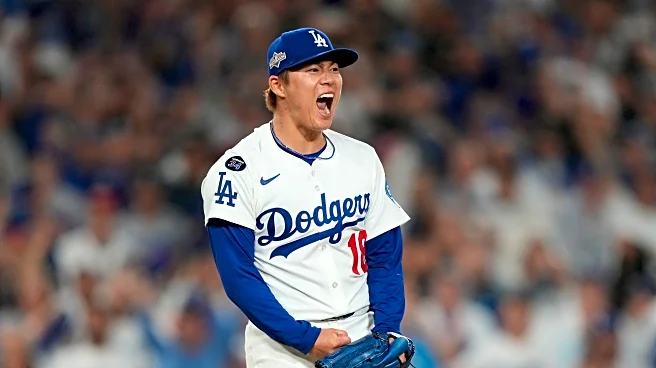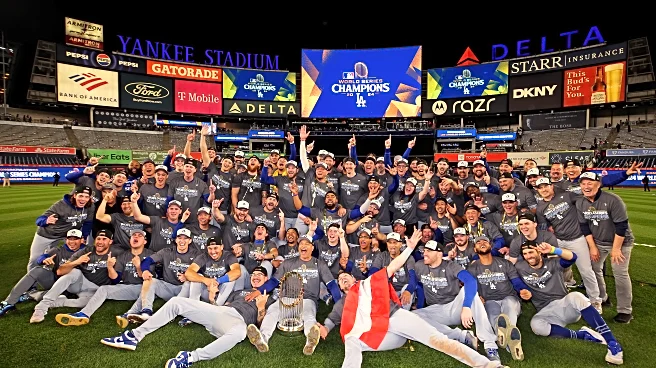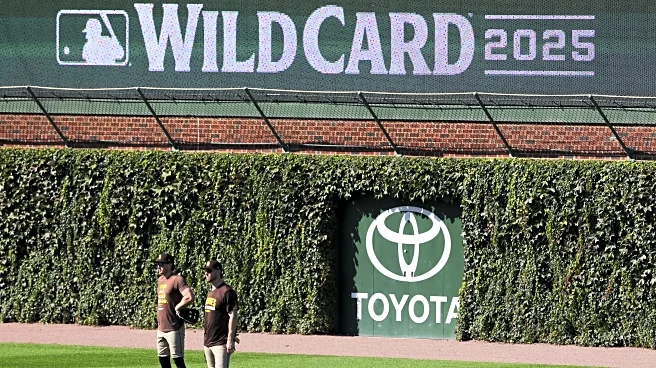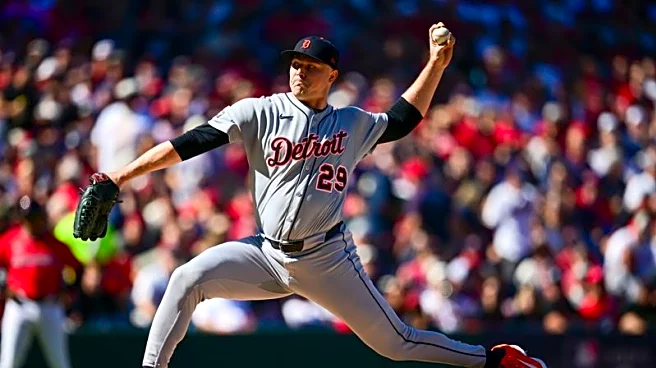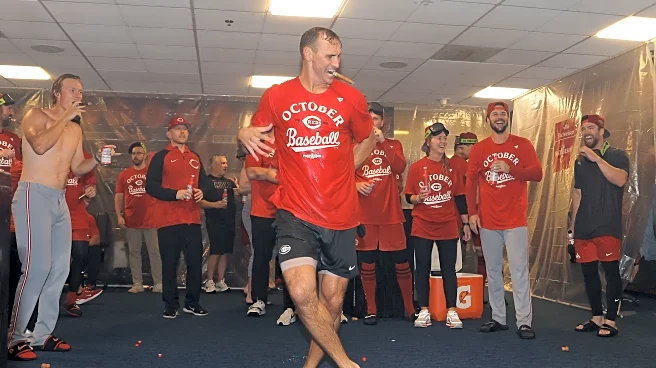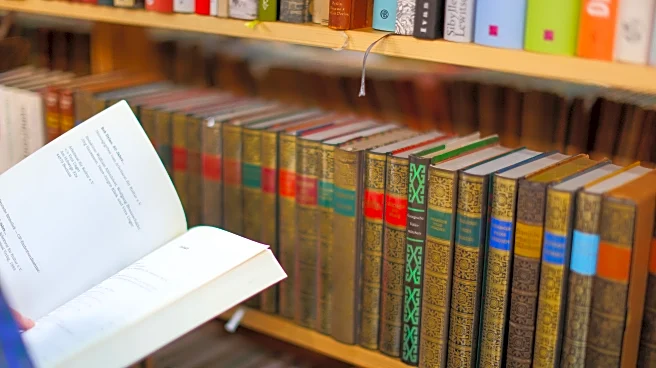It was more fun following a team led by Terry Francona over the course of nearly eight months than it ever was following a team led by David Bell. It was more gregarious, more insightful, with more humor
and reflection.
I’m not sure it was really a much better baseball team, though.
The Cincinnati Reds bowed out of the Wild Card round of the playoffs yesterday, the first of the twelve clubs that ‘made the playoffs’ to officially be eliminated. They won no games against the Los Angeles Dodgers in the short best-of-three series, leaving their overall record in games played in 2025 a barely above water 83-81.
That’s effectively .500 baseball, akin to how Bell’s 2020 club finished 31-31 after twice being shutout by the Atlanta Braves in that short Wild Card series.
It was a series filled with many of the same frustrations that spilled out during the course of the regular season, when the Reds simply couldn’t ever get a big hit or build any sort of momentum that could be sustained. They hung their hat for most of the year on ‘not having been swept,’ ignoring (for the most part) that they so often also failed to hang sweeps on their opponents. The year, from the first series onward, was quite literally one step forward, one step back.
That’s largely because they never could hit, a trendline that stayed straight all year long. Despite playing their home games in the bandbox that is Great American Ball Park, they finished 21st overall in collective homers (167), their team’s 92 wRC+ 24th overall. They still couldn’t play defense (21st overall by FanGraphs’ DEF), and under Francona their aggression on the base completely dried up – their 105 steals in 2025 was 102 fewer than just last year.
Under hitting coach Chris Valaika – a former Cincinnati Red himself who was with Tito during their Cleveland run – the offensive emphasis became heavily focused on hitting line drives, hitting the ball the other way, and not trying to do too much at the plate. And as I look up and down the entire roster and compare what happened in 2025 relative to previous years, it’s hard to find a single hitter who really took a step forward under this system (with perhaps the exception of Noelvi Marte, though his 2025 wasn’t nearly as good as his 2023 cup of coffee).
It was the kind of lackluster season from their position players that would’ve gone wholly unnoticed in other years, but got the spotlight put on it because the team’s starting pitching was so good that it dragged the rest of the club onto the biggest stage. Derek Johnson’s crew was, by and large, absolutely excellent, ranking 2nd overall in fWAR by SP (behind only Philadelphia) and doing so despite Hunter Greene missing two months. Andrew Abbott emerged as a cornerstone just a year after a shoulder issue that sounded scary, Nick Lodolo poured in his best season yet, we got a glimpse of what Chase Burns can be, and even Brady Singer turned things around in a brilliant second-half.
Another year into the trust the process portion of whichever epoch of the rebuild this was, and the Cincinnati Reds are already back home on the couch, however.
From a pure numbers perspective, it’s hard to believe this season will be one that gets talked about down the road with any true aplomb, even for a fanbase that’s had absolutely nothing to root for decade after decade. This was no 2010, no 2012, no division winner who flamed out in the playoffs – the Reds finished 14 games back of the 1st place Milwaukee Brewers this year and even 9 games back of the 2nd place Chicago Cubs. They didn’t run out to an early division lead and fade, they didn’t even close with a flurry of wins – this team ho-hummed its way through 6+ months of baseball and was accommodated by playoff expansion that just so happened to be barely in its way on the season’s final day.
The team’s starting pitching staff is in great shape, to its credit. Nobody among its core suffered serious injury heading into the offseason, and this winter they’ll welcome back Rhett Lowder, Brandon Williamson, and Julian Aguiar after last year’s arm problems.
There are some pieces on the offensive side, too. Elly De La Cruz struggled mightily during the second half of the year, and fixing him (or, rather, de-Valaikaing him) will be priority #1 this winter. The same can be said for Matt McLain, who looked a shell of his former self at the plate despite turning in some pretty brilliant work with his glove at 2B. TJ Friedl looked healthy, even though he stopped running, while Marte and newcomer Sal Stewart look like they might actually be able to post triple-digit OPS+ numbers on a roster that’s scared of those.
Still, it’s a roster that needs help from its front office in the worst possible way, a core than needs augmentation far better than what it was given last offseason. That ledger – including Nick Martinez’s $21.05 million Qualifying offer, the deal for Gavin Lux, signing Austin Hays despite his injury history, shipping out Fernando Cruz for Jose Trevino, bringing in Taylor Rogers – largely ended up being merely peripheral to how this roster lifted the bulk of the time, moves that nibbled around the edges of a roster that sincerely needed at least one more cornerstone instead.
The same can be said for their trade deadline moves, though at least there were some of those this year (as opposed to the disastrous 2023 deadline). Ke’Bryan Hayes brings an elite glove (and nothing else), while Miguel Andujar at least helped balance the lineup down the stretch by mashing lefties on a team that simply couldn’t do anything against them all season long.
It’s all a plan indicative of what Nick Krall has been harping on for years – that the Reds are going to need to develop their stars from within, and that they aren’t going to throw money at that (because they don’t have it). Still, the amount of coin they invested in peripheral pieces adds up quickly, and the reality is that they spent all around a core that still hasn’t been able to truly develop any of its own into stars.
Gone the week after the World Series will be Martinez, Hays, Emilio Pagan, workhorse Scott Barlow, Andujar, old friend Wade Miley, the dependable Zack Littell, and potentially Brent Suter. If you put your Krall goggles on and squint, the emergence of Stewart may push Spencer Steer back to a corner outfield spot, and that means the position-player side of the roster is at least already rounded out (if you ignore that, y’know, it all needs to be 10-20% better than it has been), and the team’s starting rotation for 2026 looks robust. A reliever here, a reliever there, and the 2026 squad almost looks ready to roll already…
…if, y’know, you simply bank on the concept that they’ll be better next year than they were this year once more.
That’s what beget 2023, what beget 2024, and what beget this recently closed 2025. No shakeups of major note, just a continued insistence on growing at a municipal bond’s pace when the rest of the sport tries to get as good as it can as quick as it can. Maybe, just maybe, they’ll get there at some point – maybe even with Francona still around as manager – but it’s hard to look at this current crop and not wonder if they’ve just about maxed out what they can do together.
I bet the Reds don’t think that, yet. So, I bet we’re going to see 95% of what we saw this year again next year, and that’s part of the legacy of this 2025 club. That’s how it goes when the only game this ownership group ever plays is the long one, ignoring the short one as if we’re all just going to be around to see that one mystical season down the road materialize if and when it ever does. 2024 was part of 2025, which will be a massive part of 2026.
So, on to 2026 we go…we wait.

